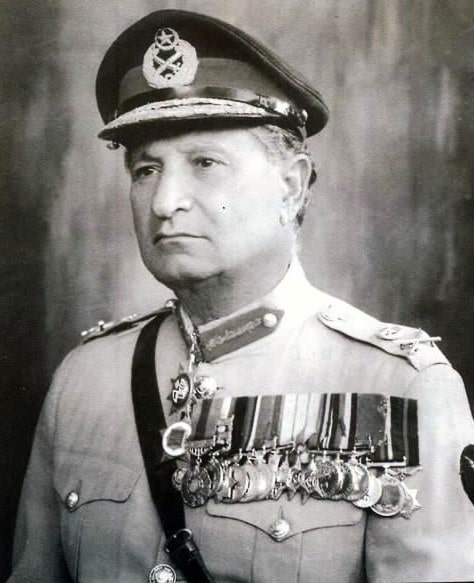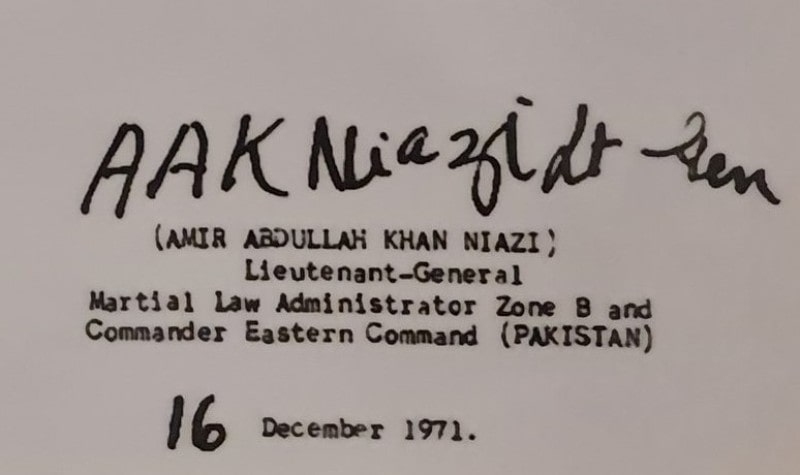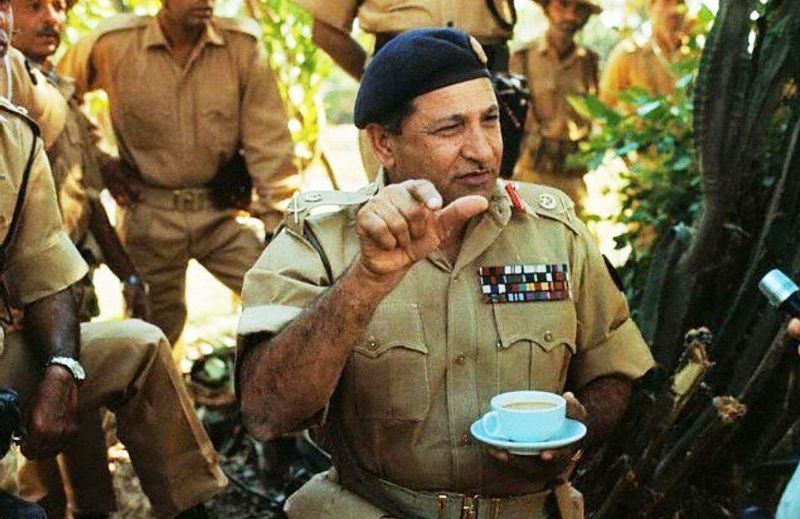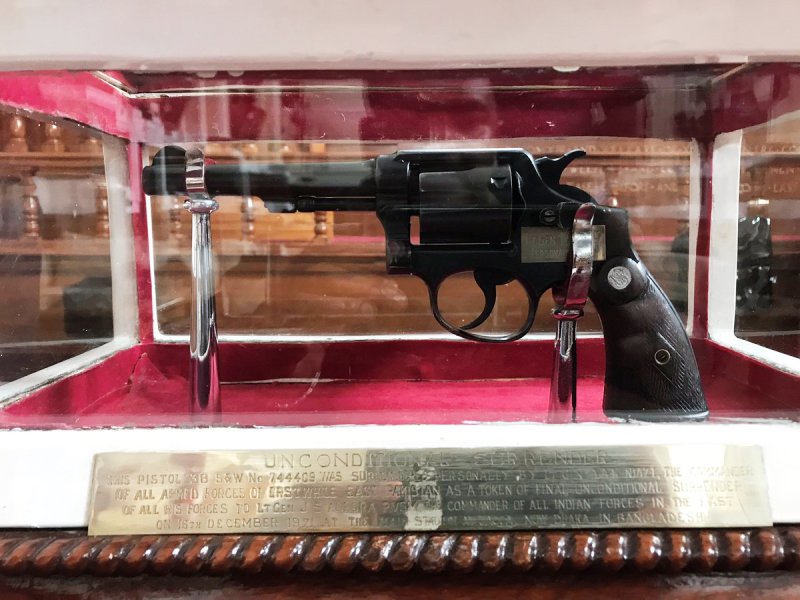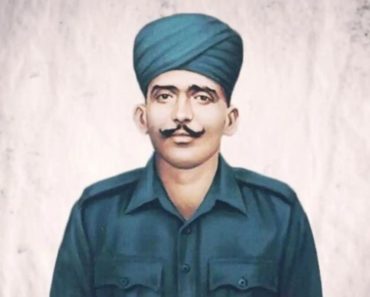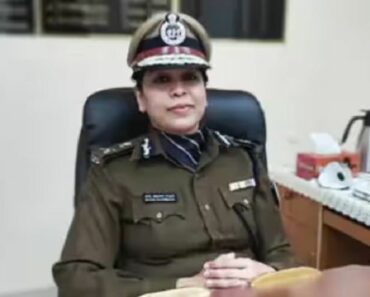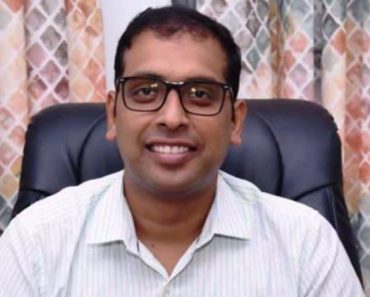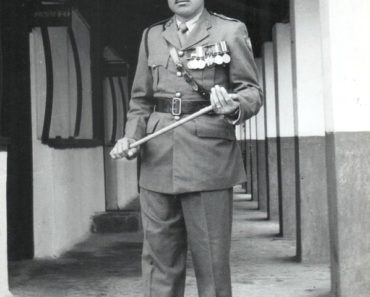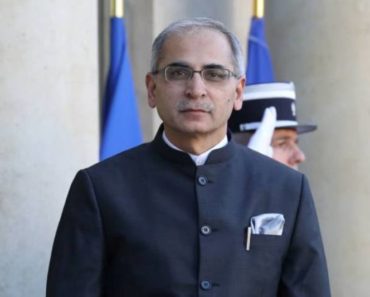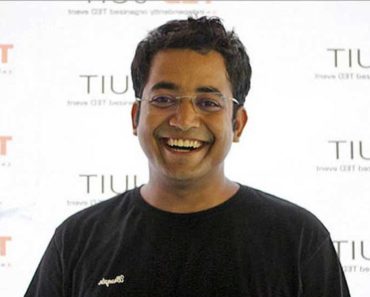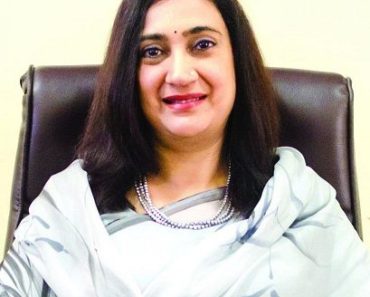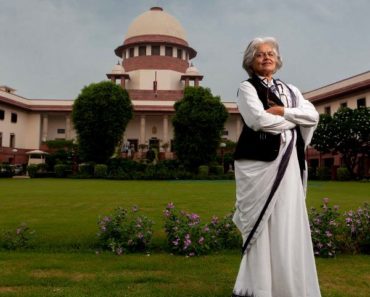Contents
Wiki/Biography
AAK Niazi was born in 1915 (age 89 years; at the time of death) in Balo-Khel village, Mianwali district, Punjab Province, British India (now in Punjab, Pakistan). After completing 10th standard at a local school in Mianwali, AAK Niazi joined the British Indian Army as a Sepoy. [1]NOTHING BUT! by Brigadier Samir Bhattacharya
Family
AAK Niazi belonged to a Niazi Pathan family hailing from Punjab. [2]The Citizen
Wife & Children
His wife predeceased him. The couple is survived by their five kids.
Religion
AAK Niazi followed Islam. [3]The Citizen
Signature/Autograph
Career
British Indian Army
AAK Niazi joined the British Indian Army as a Sepoy; however, during the Second World War, he was given an Emergency Commission (EC) to fill the officers’ vacancies in the British Indian Army. In 1941, after getting selected as a “Y cadet,” he joined the Officers Training School (OTS) in Bangalore following which he received training at the Rajput Regimental Center at Fatehgarh. After completing his training on 8 March 1942, AAK Niazi was commissioned as a Second Lieutenant in the British Indian Army’s 4th Battalion of the 7th Rajput Regiment (4/7 Rajput Regiment), where he served under Brigadier D.F.W. Warren, who was commanding the 161st Indian Infantry Brigade in Burma (now Myanmar). On 11 June 1942, AAK Niazi was deployed at the Kekrim Hills, located in the Assam-Manipur region. There, he was a part of the British 14th Army that was tasked with the defence of Imphal, Manipur. During the battle against the advancing Imperial Japanese Forces, AAK Niazi showed exemplary courage for which his citation was sent by General Slim, commander of the British 14th Army, to the General Headquarters in India. In his report, he mentioned Niazi’s leadership capabilities, coolness under fire, ability to change tactics, create diversions, and extricate his wounded men. In 1944, Niazi once again impressed his superiors by successfully leading a platoon of the 4/7 Rajput Regiment against the Japanese forces during a battle at the Bauthi-Daung tunnels in Burma. For his bravery, Niazi was awarded Military Cross (MC) on 15 December 1944. According to several sources, he was recommended for a Distinguished Service Order (DSO) medal, but he could not get it due to his junior rank. Niazi and Sam Manekshaw were the only two Indian officers who were awarded a medal for gallantry during the awarding ceremony that was held on 15 December 1944.
After the end of the Second World War
In 1945, after the Second World War ended, Niazi, being an Emergency Commission Office (ECO), applied for a permanent commission in the British Indian Army. He was granted a regular commission by the army and was given a new service number ICO- 906. Later, Niazi received a promotion and became Captain following which he attended the Command and Staff College in Quetta. There, Niazi’s instructor was Yahya Khan, who became the President of Pakistan in 1969. Before the Partition of India, Niazi served as an instructor at Staff College in Quetta as a Major.
Officer of the Pakistan Army
Before partition, the British government divided the British Indian Army into the Indian Army and Pakistan Army. Niazi decided to serve in the Pakistan Army following which his service number was changed from ICO-906 to PA-477 and was assigned to the 8th Battalion of the Punjab Regiment of the Pakistan Army. After independence, he continued to serve as an instructor at the Staff College in Quetta and established the Tactical Wing there. After completing his tenure as an instructor at the Staff College in 1949, Niazi was posted as GSO-II to Colonel Halsay at the Officers Training School in Kohat. In March 1951, after the commanding officer of the 2nd Battalion of the 1st Punjab Regiment (2/1 Punjab Regiment) was arrested during a coup, Niazi was made a Lieutenant Colonel and was asked to assume the command of the 2/1 Punjab Regiment. As a Lieutenant Colonel, he not only commanded a battalion in West Pakistan, but he also commanded a battalion in East Pakistan. After completing his command, Niazi was appointed as an instructor at the School of Infantry & Tactics at Quetta. From 1957 to 1961, Niazi served as the Commanding Officer (CO) of the 1st Battalion of the 14th Punjab Regiment (1/14 Punjab Regiment). Niazi became a Brigadier in 1961. In 1964, he presented his ideas on infiltration tactics following which he published an article in which he briefly talked about infiltration and military-supported local rebellion against the enemy. Later, Niazi was posted as a Commander of the 51st Infantry Brigade. While serving as the Commander of the 51st Infantry Brigade, Niazi was appointed the Martial Law Administrator by the Pakistan government to maintain law and order in Karachi and Lahore. Later, he was posted at Quetta, Balochistan, as the Commandant of the School of Infantry and Tactics.
1965 Indo-Pakistan War
During the 1965 Indo-Pakistan war, Niazi was appointed as the Commander of the 14th Paratroopers Brigade, which was conducting operations under the 7th Infantry Division. As the war progressed, the 14th Paratroopers Brigade was merged with the 12 Infantry Division of the Pakistan Army. Later, Niazi was posted to the Pakistan-administered Jammu and Kashmir, where he was given charge of the Pakistan Army’s 1st Infantry Brigade for a short period after which he was once again given the command of the 14th Paratroopers Brigade at Zafarwal, Punjab Province, Pakistan. He led the brigade in the famous tank battle of Chawinda against the Indian Army, which resulted in stopping the advance of the Indian Army.
After the end of the 1965 war
After the war ended, Niazi was posted to the School of Infantry and Tactics in Quetta, Balochistan as its Commandant. Later, Niazi was promoted to the rank of Major General and was posted as the General Officer Commanding (GOC) of the 8th Infantry Division of the Pakistan Army, which was based at Sialkot, Punjab Province, Pakistan. On 22 June 1969, Niazi was posted to Lahore as a General Officer Commanding (GOC) of the 10th Infantry Division. On 2 April 1971, Niazi received a promotion and became a Lieutenant General after which he was posted to Pakistan Army’s IV Corps; however, Niazi never assumed the command of the IV Corps because he was sent to East Pakistan as the Pakistan Army’s Eastern Army Commander.
Eastern Army Commander during the 1971 Indo-Pakistan War
Lt General AAK Niazi was the only officer in the Pakistan Army who volunteered to serve as the Eastern Army Commander after Lt General Bahadur Sher Khan, a Second World War Military Cross awardee, declined to assume the command of the Eastern Command. Reportedly, Niazi agreed to command the Eastern Command without considering the volatile situation in East Pakistan. On 4 April 1971, Niazi arrived at Dhaka and assumed the command of the Eastern Command of the Pakistan Army. There, Niazi had to deal with not only India but also with the deserters from the East Bengal Regiment (EBR) and Mukti Bahinis (a trained guerilla force that was involved in clandestine operations against the Pakistan Army in East Pakistan). By the time Niazi arrived in East Pakistan, General Tikka Khan, who was then serving as the governor and Eastern Army Commander, had initiated Operation Searchlight, which was a brutal military crackdown on the Bengalis living in East Pakistan resulting in the death of more than three million Bengalis. [4]National Herald From May 1971 to August 1971, Niazi worked on developing strategies to retaliate against the Mukti Bahinis. In June 1971, he sent several reports back to General Headquarters (GHQ), Rawalpindi in which he claimed that the Indian Army had not only established several rebel training camps across the border but had also provided training to more than 30,000 rebels of the Mukti Bahini in them. [5]Unconventional Warfare in South Asia: Shadow Warriors and Counterinsurgency by Scott Gates and Kaushik Roy In an attempt to bolster the defences against an attack from India, Niazi ordered the Pakistan Army to construct fortresses all along the Bangladesh-India border. In September 1971, the Pakistan government appointed Lt General Niazi as the Martial Law Administrator to support Abdul Motaleb Malik, the last governor of East Pakistan. Later, Lt General Niazi deployed two additional infantry divisions to curb the infiltration of the Mukti Bahinis from across the border. Despite General Abdul Hamid Khan’s repeated advice to Niazi regarding the re-deployment of Pakistani troops in East Pakistan due to an imminent threat posed by the Indian Army, Niazi failed to re-deploy the troops due to lack of time.
The war between India and Pakistan broke out on 3 December 1971 after Pakistan Air Force bombed the Indian airfields. Apparently, the Pakistan Air Force had bombed the Indian airfields without notifying Niazi. According to Major General Farman Ali of the Pakistan Army, Lt General Niazi lost the will to carry on with the war after the Indian Army steadily captured Pakistani territory in East Pakistan. In his book, The War of the Twins, author Krishna Chandra Sagar, wrote,
Niazi made the operational blunder of not giving clear orders for the general withdrawal to the selected places when it became clear that the Indians had decided to take the whole of East Bengal. As the Indian troops crossed the border and bludgeoned their way to Dacca, Niazi realised the real nature of the operations, he became nervous and the East Pak Command was completely paralysed. The Pakistani general lost the will to fight.”
In an attempt to regain the lost ground, Niazi directed several inter-services coordinated attacks on the Indian forces in East Pakistan; however, the attacks failed. On 14 December 1971, the Governor of East Pakistan Abdul Motaleb Malik resigned from his post and took refuge in the Red Cross shelter in Dhaka following which Niazi gained control of the civilian government in East Pakistan. On the same date, President Yahya Khan wrote a telegram to Niazi in which he applauded Niazi’s attempt to fight against the Indian Army. [6]Jihad as Grand Strategy: Islamist Militancy, National Security, and the Pakistani State by Paul S. Kapur He wrote,
You have fought a heroic battle against overwhelming odds. The nation is proud of you … You have now reached a stage where further resistance is no longer humanly possible nor will it serve any useful purpose … You should now take all necessary measures to stop the fighting and preserve the lives of armed forces personnel, all those from West Pakistan and all loyal elements.”
During the later phase of the war, Niazi extended a conditional surrender to the Indian Army’s Eastern Command. The conditions that were laid by Niazi were that West Pakistan would transfer the power to the elected government in East Pakistan without having Pakistan Army’s Eastern Command surrender. His appeal, however, was rejected by the then-Indian Army Chief Sam Manekshaw, who demanded a total surrender of the Pakistani forces in East Pakistan. Additionally, Manekshaw gave a deadline to Niazi to surrender, failing to act upon which would have resulted in Indian troops storming the capital Dhaka. On 16 December 1971, Lt General Jagjit Singh Aurora sent Major General JFR Jacob with a message for Lt General AAK Niazi that if he did not surrender within 30 minutes, the Indian troops, who had surrounded Dhaka, would commence their attack on the city. The attack never commenced on Dhaka as Niazi agreed to surrender.
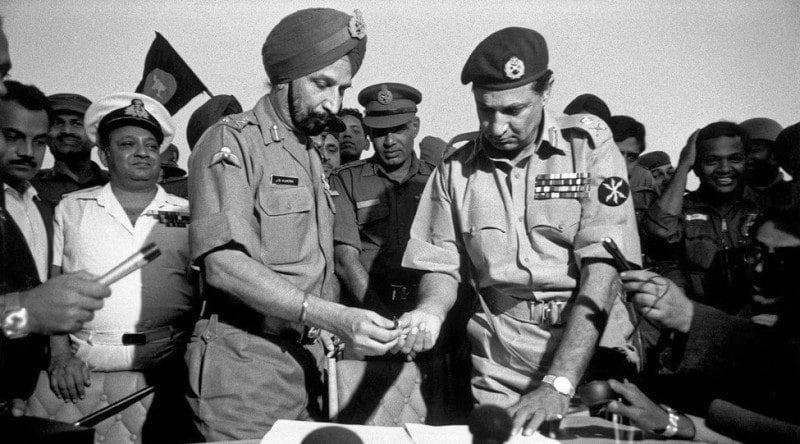
Lt Gen Jagjit Singh Aurora with Lt General AAK Niazi during the signing of the instrument of surrender at Dhaka
The war ended on 16 December 1971, after an instrument of surrender was signed between the Indian Army’s Eastern Commander, Lt General Jagjit Singh Aurora, and the Unified Commander of Pakistan Armed Forces’ Eastern Military High Command Lt General AAK Niazi at Ramna Race Course in Dhaka at 16.31 IST.
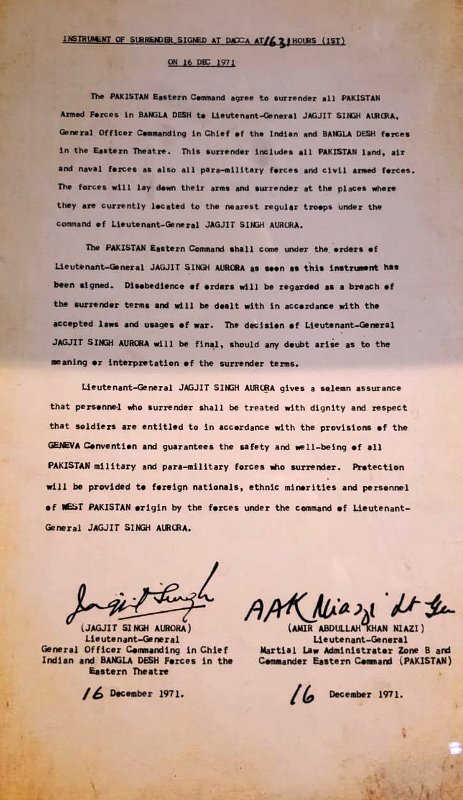
A photo of the instrument of surrender signed by Lt General Jagjit Singh Aurora and Lt General AAK Niazi
After surrender
After the instrument of surrender was signed in Bangladesh, on 16 December 1971, more than 93,000 Pakistani soldiers laid down their weapons and surrendered to the Indian Army. The surrender became the largest surrender by any country after the end of the Second World War. [7]The Print After surrendering, Lt General AAK Niazi was kept in a Prisoner of War (POW) camp in Maharashtra, India till 1975 after which he was handed over to Pakistan through the Wagah Border checkpoint in Punjab. After he arrived in Lahore, he was taken to Lahore Cantonment by the Pakistan Army’s Military Police (MP) by helicopter and was placed in solitary confinement; however, Niazi was released after some time. In July 1975, the then Prime Minister of Pakistan Zulfikar Ali Bhutto not only removed Niazi from service but also refused to give him a pension and other benefits that a retired Pakistani soldier gets. Furthermore, Niazi also had his medals taken away from him in Pakistan. Niazi protested against his dismissal from the service and said that he surrendered on 16 December 1971 after he was ordered to do so by Yahya Khan. [8]Rediff.com Talking about it, during an interview, he said,
I swear on oath that I was given clear-cut orders from Yahya to surrender, but still I was determined to fight till the end. I even sent a message that my decision to fight till the end stands. However, General Abdul Hamid Khan and Air Chief Marshal Rahim rang me up, ordering me to act on the GHQ signal of December 14, 1971 because West Pakistan was in danger. It was at this stage that I was asked to agree on a cease-fire so that the safety of the troops could be ensured.
The Pakistani Ministry of Defence (MoD) in the 1980s changed Niazi’s military status from “dismissed” to “retired” following which the Pakistan government started giving him a pension and other benefits.
Politics
After getting dismissed from service, AAK Niazi entered politics and joined the right-wing Pakistan National Alliance (PNA). As a leader of PNA, Niazi often voiced his opinions in favour of PNA’s ultra-conservative agenda and against the policies of the Pakistan People’s Party. He left national politics in 1977 after he was arrested by the police during Operation Fair Play, which was the codename of the coup that led to the overthrowing of the Zulfikar Ali Bhutto-led national government in Pakistan.
Controversies
Death of Major Mushtaq
On 10 April 1971, after getting appointed as the Eastern Army Commander, Niazi held a meeting with the senior officers of the Pakistan Army. According to sources, at the meeting, Niazi, in the presence of a few Bengali officers of the Pakistan Army, not only abused the Bengalis of East Pakistan but also threatened to wipe them out entirely. [9]In Quest of Freedom: The War of 1971 – Personal Accounts by Soldiers from India and Bangladesh by Ian Cardozo At the meeting, he said,
Main is haramzadi qaum ki naksa badal doon ga. Yeh mujhe kya samajhtey hain?”
One of the Bengali officers present at the meeting was Major Abu Yusuf Mushtaq Ahmed, who stood against Lt General AAK Niazi’s statement and asked him to take back the words that he had said against Bengalis. According to some sources, after Niazi’s statement against the Bengalis, Major Mushtaq committed suicide by shooting himself in a bathroom. [10]Geo News’ presentation on AAK Niazi Some other sources claim that Major Mushtaq was killed by other officers of the Pakistan Army, who slit his throat in his room in the officers’ mess. After his death, his body was buried hurriedly by the army and was not handed over to his family. According to the family of Major Ahmed, he never carried a sidearm (pistol) and always remained calm and composed. [11]In Quest of Freedom: The War of 1971 – Personal Accounts by Soldiers from India and Bangladesh by Ian Cardozo They said,
Major Mushtaq never carried a side arm and was under constant surveillance, so to suggest that he shot himself was patently false. Besides, he was a disciplined, mature and stable person and the thought of commiting sucide would never cross his mind.”
The Hamoodur Rahman Commission
After Pakistan’s defeat in Bangladesh, the Government of Pakistan constituted a War Enquiry Commission under the leadership of Chief Justice Hamoodur Rahman. The commission looked into the reports of human rights violations perpetrated by the Pakistani troops in East Pakistan. In 1982, the commission summoned AAK Niazi to register his testimonial. The commission levied a series of allegations against him such as importing betel leaf and paan from West Pakistan to East Pakistan while serving as the Eastern Army Commander, indulging in corrupt practices, moral turpitude, bullying officers who did not obey his orders, and a lot more. [12]Dawn The commission also found evidence against Niazi regarding his “indulgence in sex with women of bad repute.” Lieutenant Colonel Aziz Ahmad Khan also testified against Niazi in front of the commission and stated that “the troops of the Pakistan Army used to say that their Commander (Niazi) was himself a rapist, so how could he stop others from doing so?” Niazi defended himself by calling the allegations against himself false and baseless and that the perpetrators of such crimes were punished by the Pakistan Army. [13]The Spectral Wound: Sexual Violence, Public Memories, and the Bangladesh War of 1971 by Nayanika Mookherjee He also claimed that after he arrived in East Pakistan, he wrote a letter to his superiors on 15 April 1971, informing them about the loot and rape that was being conducted at large in East Pakistan. During an interview, he said,
Immediately after taking command in East Pakistan, I heard numerous reports of troops indulging in loot and arson, killing people at random and without reason in areas cleared of anti-state elements. Realizing the gravity of the situation, I approached my bosses through a letter dated April 15, 1971, informing them of the mess being created. I clearly wrote in my letter that there have been reports of rapes and even the West Pakistanis are not being spared. I informed my seniors that even officers have been suspected of indulging in this shameful activity. However, despite repeated warnings and instructions, the respective commanders failed to curb this alarming state of indiscipline. And this trend definitely undermined our troops’ battle efficiency.”
When the commission asked him about Operation Searchlight, which led to the death of over 3 million Bengalis living in East Pakistan and the defeat of the Pakistan Army in East Pakistan, Niazi placed the blame on Yahya Khan’s policies and a few other high-ranking officers. While giving an interview, Niazi said,
Besides Yahya Khan, there were a few more personalities equally responsible for the East Pakistan crisis who have not been blamed in the report. The commission did not unravel the whole truth about various personalities and factors, which fuelled the separatist movement in East Pakistan and caused the final break-up of Jinnah’s united Pakistan.”
The commission partially accepted the narrative of Lt General AAK Niazi; however, it stated in its report that since Niazi was the Eastern Army Commander during the 1971 War, the misfortune of the separation of East Pakistan from West Pakistan and all the wrongdoings of Pakistani forces in the region lied on him. Later, the commission ordered the Judge Advocate General to hold a court-martial of AAK Niazi for violating the military code; however, no such court-martial ever took place. During an interview, Niazi claimed,
If I was responsible for such a big tragedy, why was I not court martialed, although General Tikka was out to damage me? Being the army chief, Tikka cancelled two squares of borderland allotted to me in Kasur.”
Lt General Niazi never accepted the findings published by the Hamoodur Rahman Commission in its report. [14]Rediff.com [15]A History of the Pakistan Army: Wars and Insurrections by Brian Cloughley
Awards
British Decorations
- In 1944, AAK Niazi was awarded Military Cross (MC) for gallantry by the British government.
- In 1945, the British government awarded War Medal 1939-1945 (with MiD oak leaf) to AAK Niazi.
- In 1946, AAK Niazi received the India Service Medal 1939–1945 from the British government.
- In the same year, AAK Niazi was awarded the General Service Medal by the British government.
- In 1953, AAK Niazi was given the Queen Elizabeth II Coronation Medal.
- For his service during the Second World War in Burma and Africa, Niazi received the Burma Star and the Africa Star.
- AAK Niazi received the 1939-1945 Star for participating in operations against the Axis forces during the Second World War.
Pakistani Decorations
- In 1956, AAK Niazi received the Tamgha-e-Jamhuria from the Pakistan government.
- AAK Niazi was awarded the Tamgha-i-Imtiaz by the Government of Pakistan.
- The Pakistan government awarded Sitara-e-Khidmat to AAK Niazi.
- In 1965 and 1971, AAK Niazi was awarded Tamgha-e-Diffa (with clasp).
- In 1965 and 1971, AAK Niazi was awarded Sitara-e-Harb.
- In 1965 and 1971, AAK Niazi received Tamgha-e-Jang.
- For his roles in the 1965 and the 1971 Indo-Pakistan wars, Niazi was awarded Hilal-e-Jurat (Bar) by the Government of Pakistan.
- AAK Niazi received Sitara-e-Pakistan from the Pakistan government.
Death
Lieutenant General AAK Niazi died on 1 February 2004 in Lahore, Punjab Province, Pakistan due to diabetic complications. [16]Dawn
Facts/Trivia
- Since Lt General Niazi was the last Pakistani soldier to return to Pakistan from India as a Prisoner of War (PoW), he was called a “soldier’s general.”
- Niazi was called “Tiger” by Brigadier DFW Warren during the Second World War due to his gallant actions.
- Reportedly, during the later phase of the 1971 war, Lt General AAK Niazi had a mental breakdown, and when he used to present reports on war to his superiors, he used to cry. [17]Geo News’ presentation on AAK Niazi
- According to Moazzam Khan, son of a retired Pakistan Army officer who served Niazi during the 1971 war, Lt Gen AAK Niazi was an alcoholic and a womanizer. He also claimed that due to the influence of alcohol, Niazi would not give any orders to the troops during the war in 1971. [18]Moazzam Khan’s interview
- After surrendering to the Indian Army in 1971, AAK Niazi presented his .38 calibre pistol to Lt General Jagjit Singh Aurora.
- Lt Gen Niazi is also known by his other name, “Butcher of Bangladesh.” [19]The Citizen
- In 1998, AAK Niazi published a book titled The Betrayal of East Pakistan.
References

